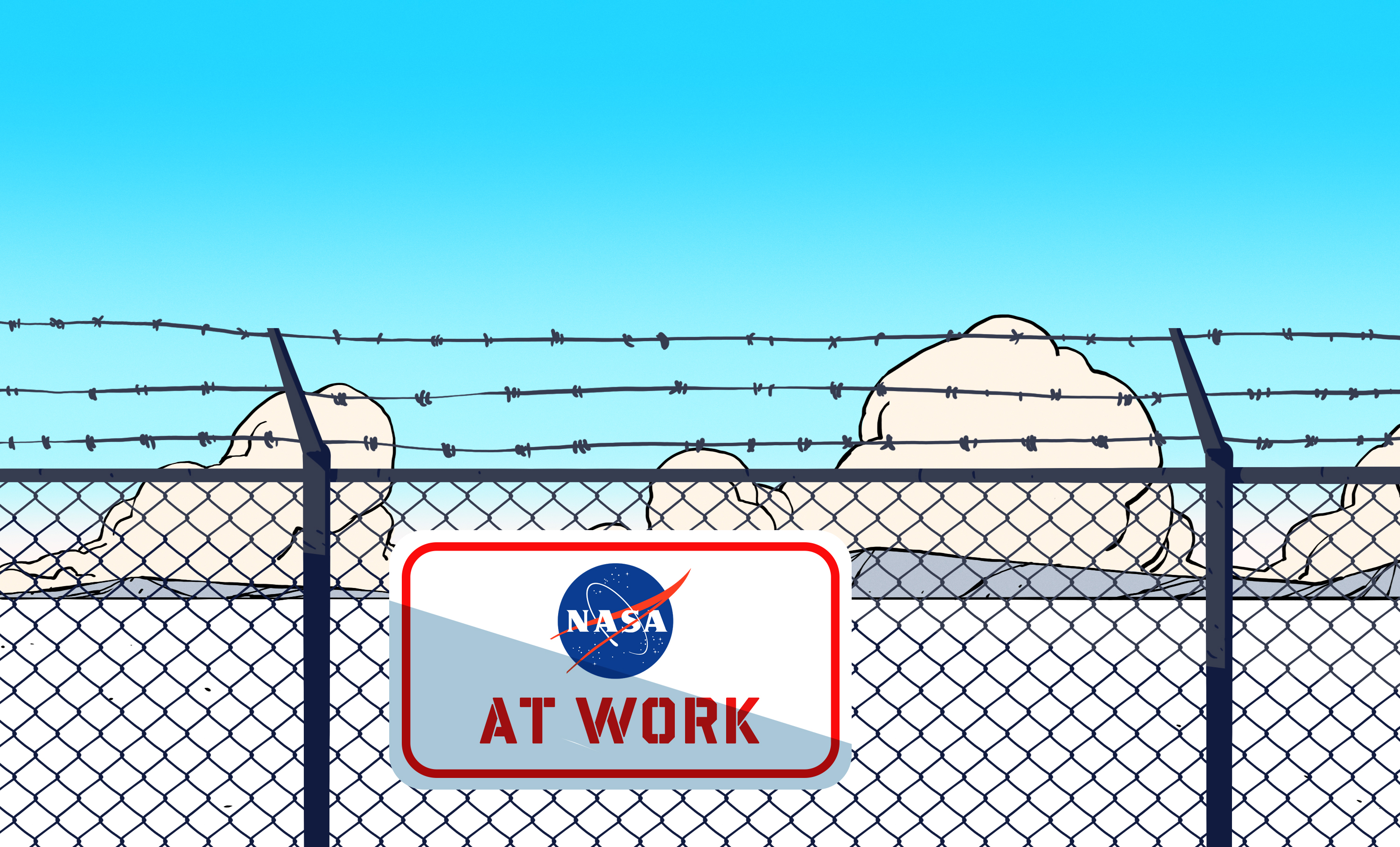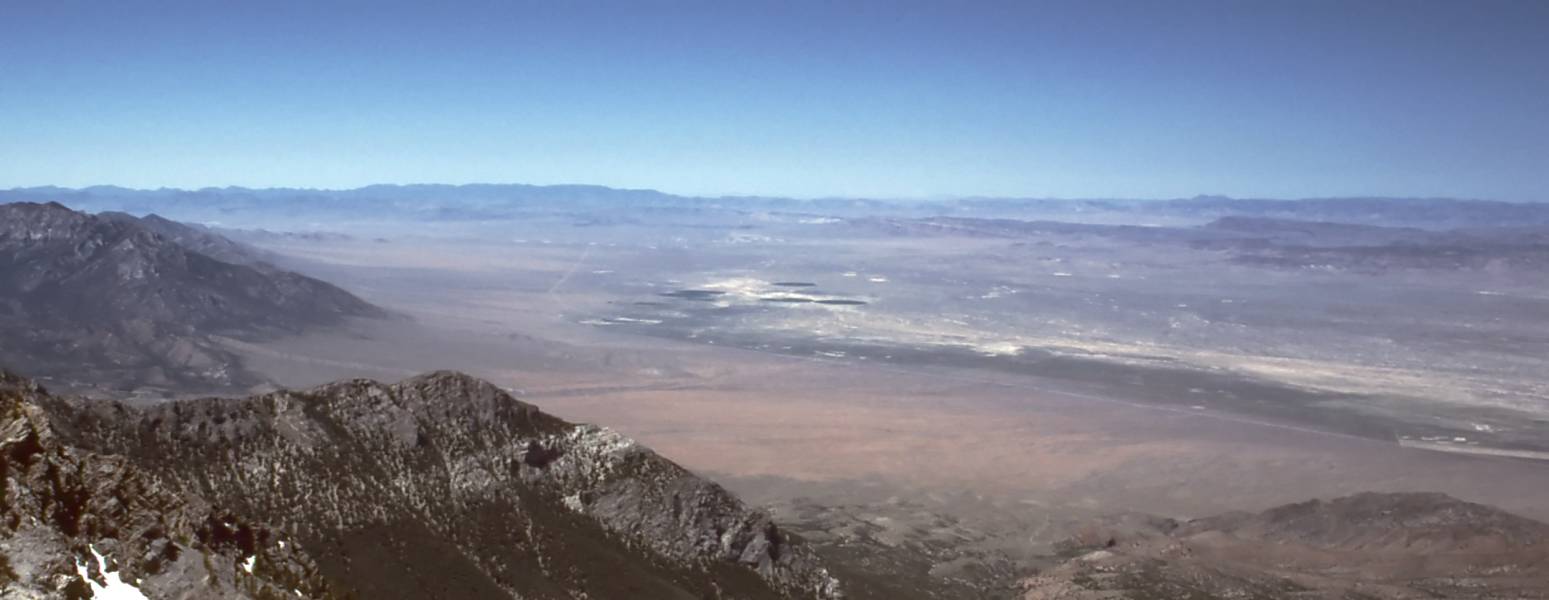Miners vs NASA: It’s A Nevada Showdown [Hackaday]

Mining projects are approved or disapproved based on all kinds of reasons. There are economic concerns, logistical matters, and environmental considerations to be made. Mining operations can be highly polluting, or they can have outsized effects on a given area by sheer virtue of the material they remove or the byproducts they leave behind.
For a proposed lithium mining operation north of Las Vegas, though, an altogether stranger objection has arisen. NASA has been using the plot of land as a calibration tool, and it doesn’t want any upstart miners messing with its work.
I Like It, I’m Not Gonna Crack

Mining for lithium has long been a point of contention between environmentalists, local tribal leaders, and mining companies in Nevada. As companies and governments desperately scramble to secure vital raw materials for batteries, yet another challenge has arisen in the state. NASA has called dibs on a stretch of Nevada desert that is also one of the biggest lithium hotspots in the world, causing a face-off of legislative proportions.
This fight is over a 36 square-mile patch of eastern Nevada terrain in Railroad Valley. The dry lakebed is notable for its tabletop flatness and undisturbed surface. The land sits atop a massive lithium deposit which could support a great deal of battery manufacturing to help in the fight against climate change. The valley contains an evaporated deposit of minerals in both liquid and solid form. Its size makes it attractive to both miners and NASA alike. It’s believed to be one of the ten largest lithium deposits in the world, with a vein of salt deposits 600 meters thick.
NASA, however, argues that this land’s unique characteristics make it an indispensable tool for calibrating the precise measurements of hundreds of satellites that circle our planet. For nearly three decades, this untouched, lengthy stretch of Nevada’s Railroad Valley has been a key site for keeping the data of hundreds of satellites spot-on, by acting as a stable calibration source. These satellites are integral to everything from weather forecasting, agricultural outlooks, and natural disaster responses to national security. The irony of it all? The same instruments being used to monitor climate change are squaring off with the mining of an element critical for cleaner, greener energy.
For scientists, for whom absolute precision is paramount, the uninterrupted topography of this Nevada desert has served as a vital constant, helping scientists assure “absolute radiometric calibration” of sensors aboard satellites.
For this reason, 23,000 acres in the area was withdrawn from any potential public and private use at NASA’s request, coming into effect from April 27 this year. The area has been in use by the agency since 1993 as a calibration source. Earth science instruments on NASA’s Aqua, Terra, and Landsat satellites rely on taking measurements of the area, along with a variety of other missions. The large flat area is free of vegetation and of a consistent color, making it an ideal calibration source for satellite instruments. It’s particularly crucial for space-based radar calibrations that feed into satellite geodesy efforts.
Disturbances to this land, NASA argues, could pose a severe threat to the quality of data that a plethora of economic sectors rely on. “Activities that stand to disrupt the surface integrity of Railroad Valley would risk making the site unusable,” said Jeremy Eggers, a spokesman for NASA’s Goddard Space Flight Center.

However, these reasons don’t sit well with everyone. The U.S. Bureau of Land Management’s decision to withdraw the tract from potential mining use has caused an uproar among those who believe that lithium extraction should take precedence. Notable among these critics is Congressman Mark Amodei, who has introduced legislation aimed at revoking the withdrawal decision. The representative has called out the decision for frustrating efforts to tackle climate change, an avowed goal of the current federal government.
The primary holder of the mining claims in this disputed tract, 3 Proton Lithium Inc., has also voiced concerns. The company claims that its extraction process won’t disturb the surface of the land significantly. The method involves pumping brine-based lithium from underground resources. However, NASA remains skeptical of these claims, and first submitted its withdrawal request in 2019, before the company had submitted any formal plans for the project.
The Bureau of Land Management finds itself in the middle of a modern-day paradox. On one hand, there’s a pressing need to reduce greenhouse gases and transition to cleaner sources of energy, and lithium plays a critical role in this regard. On the other hand, satellites need the area to calibrate their precise measurements to continue accurately monitoring our planet and its warming atmosphere.
The battle between lithium mining and satellite calibration isn’t just a simple toss-up between two worthy goals. Rather, it speaks to the broader challenge of managing our planet’s resources in an era of increasing technological advancement and environmental concerns. It’s a difficult balancing act.
Realistically, though, there are other places for miners to find lithium. In contrast, NASA and the Bureau of Land Management have noted that there isn’t a single other region of the United States suitable for making their calibrations. Even if there were, it would make sense to stick with what already works. This would ensure the most reliable scientific data is available going forward.
For now, the decision to protect the Railroad Valley in Nevada stands. This emphasizes the importance of reliable, scientific data that not only underpins multiple sectors of our economy, but gives us the vital knowledge we need about the Earth’s changing climate.
In the meantime, the world watches on as business and political interests wrangle with the national space agency in a fight between science and profits. Who knew a desert in Nevada could become such a hotbed of debate?

![miners-vs-nasa:-it’s-a-nevada-showdown-[hackaday]](https://i0.wp.com/upmytech.com/wp-content/uploads/2023/07/131709-miners-vs-nasa-its-a-nevada-showdown-hackaday-scaled.jpg?resize=800%2C445&ssl=1)